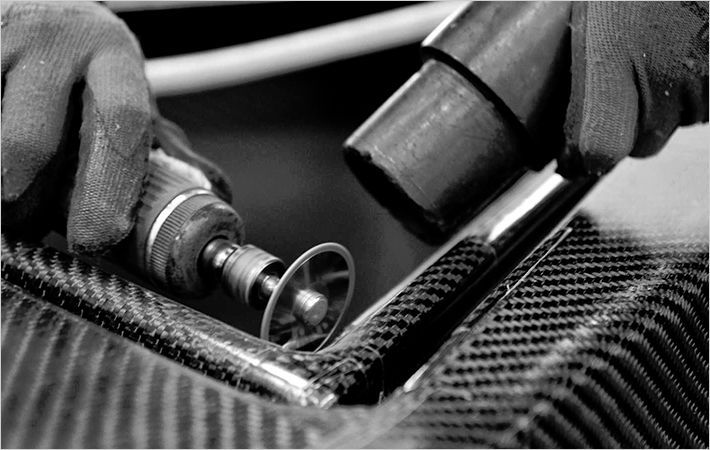PPG and LLNL will make numeric computer models which simulates the impact of thermal and physical environments on the process of making fibre glass over a 4000-tip bushing. This will help in reducing waste during the process – which otherwise leads to significant wastage as the process is a continuous high speed process, and even a single glass fibre pulling causes the entire bundle of fibres to break.
“The fibre glass industry has simulated the impact of varying one process parameter over many fibres and changing several process parameters over one fibre, but no one has modelled multiple process parameters over thousands of fibres needed to adequately simulate actual production,” John Meng, senior research associate, fibre glass and principal investigator for the project at PPG said.
“The supercomputing capabilities at LLNL and PPG's manufacturing expertise will enable us to develop sophisticated models that encompass all of these parameters,” he added.
The company estimates that continuous-strand fibre glass manufacturers in the US could save 1.7 TBtu annually by controlling fibre breaks. (MCJ)
Fibre2Fashion News Desk - India

